“Trillions ahead, and trillions ahead of them”: Time’s Arrow, Part II
I’ll be honest. I do not get the criticism of “Time’s Arrow” and “Time’s Arrow, Part II” at all.
As far as I’m concerned, this is one of the most solid and effective stories, two-part or otherwise, Star Trek: The Next Generation has done on TV in a very long time. This makes me doubly happy, as “Time’s Arrow” and “Time’s Arrow, Part II” together also make up one of the most iconic stories in the series to me and a personal favourite, and I was delighted to see it completely lived up to my memories. As I get further and further entrenched in the process of coming to terms with how much I’ve projected onto Star Trek: The Next Generation over the course of doing this project, it’s nice to get the occasional reminder that there really is genuinely something about Star Trek, and this version of Star Trek in particular, that stuck with me and inspired me to project my imagination in the first place.
For me, part 1 was more about mortality, with Data’s predetermined death being treated as a touching metaphor for terminal illness. There’s a sense of always wanting to live in the moment, and mortality returns as a theme here when Captain Picard is temporarily stranded alone in 19th century San Francisco after the rest of the crew chase the Devidian hunter back to the 24th century. Part 2 shifts the narrative focus a bit, however: One thing it does do is double down on the time travel mechanics and bootstrap paradox plot points introduced in the first part. I suppose you could read this as overly self-indulgent and gimmicky Hard SF speculative trickery that has little to offer beyond its own cleverness. I think there’s more you could tease out of the story than that though: Although a stable time loop is by definition anticlimactic (as all Star Trek time travel at this point must by necessity be, although even now forces that lie beyond the pale outside of history conspire to change all of that), the time travel in this story seems to exist more for the purpose of avoiding material death.
For time is not, in fact, an arrow, even in this story: It’s a circle (as Guinan said in the last part, things have come “full circle”), perhaps even a spiral or a Möbius strip. Materially, this manifests itself in the text’s own existence: “Time’s Arrow” and “Time’s Arrow, Part II” came about as a direct result of a perceived ontological threat in the material realm of production, namely, the existence of Star Trek: Deep Space Nine. With the new show’s premier officially slated for January, 1993, there were widespread and persistent rumours that Star Trek: The Next Generation would end in June, 1992. So the producers commissioned a cliffhanger finale, even though one wasn’t originally planned, to reassure audiences that this wasn’t the case. So in effect, the “Time’s Arrow” two parter becomes partially a performance about Star Trek: The Next Generation‘s longevity and continued lasting influence in the face of an expected slide into irrelevance.…


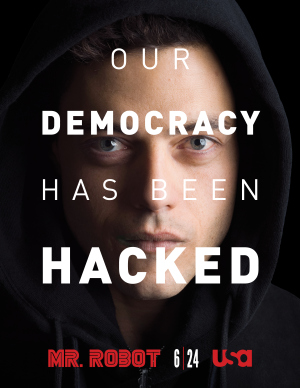 It is almost possible to dismiss
It is almost possible to dismiss 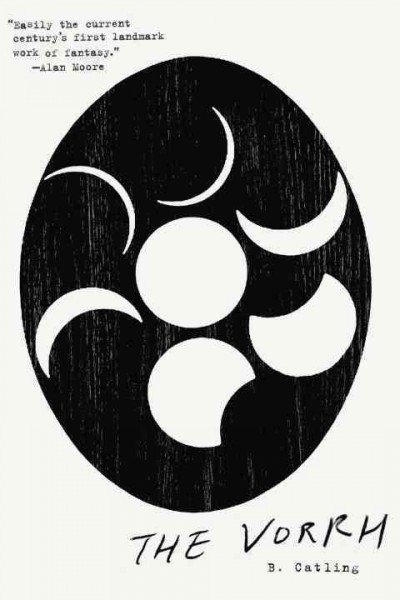

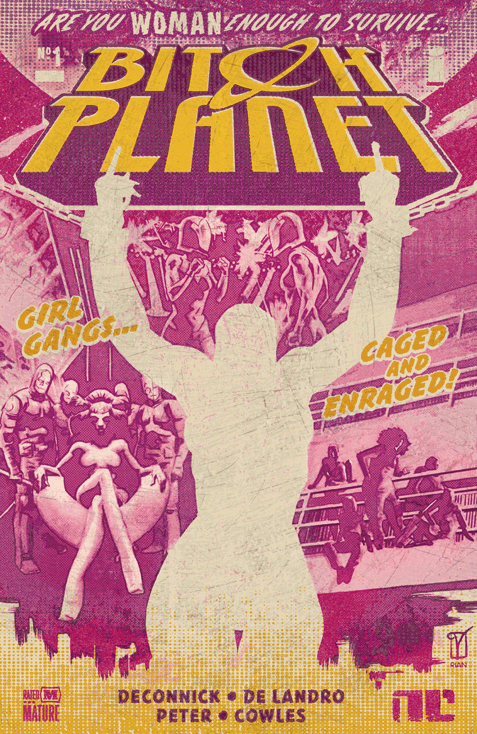 It looks like I forgot to actually name this week’s category last week, so let’s do a fairly easy one, at least in terms of this site’s readership: Best Graphic Story.
It looks like I forgot to actually name this week’s category last week, so let’s do a fairly easy one, at least in terms of this site’s readership: Best Graphic Story.  The lovely folks at Pulpozaur asked me to do an interview with them, which went up today, and is particularly cool to my mind in that the site is a Polish site, and so the interview has been translated, which I believe marks the first time I’ve been translated. I always love seeing which bits of interviews people pull title quotes from – this one’s “Elusive in the same ways as the secret truths of the universe,” which I have to admit, sounds like the sort of quote I’d pull to title something. Here’s the bit of the interview that’s from:
The lovely folks at Pulpozaur asked me to do an interview with them, which went up today, and is particularly cool to my mind in that the site is a Polish site, and so the interview has been translated, which I believe marks the first time I’ve been translated. I always love seeing which bits of interviews people pull title quotes from – this one’s “Elusive in the same ways as the secret truths of the universe,” which I have to admit, sounds like the sort of quote I’d pull to title something. Here’s the bit of the interview that’s from: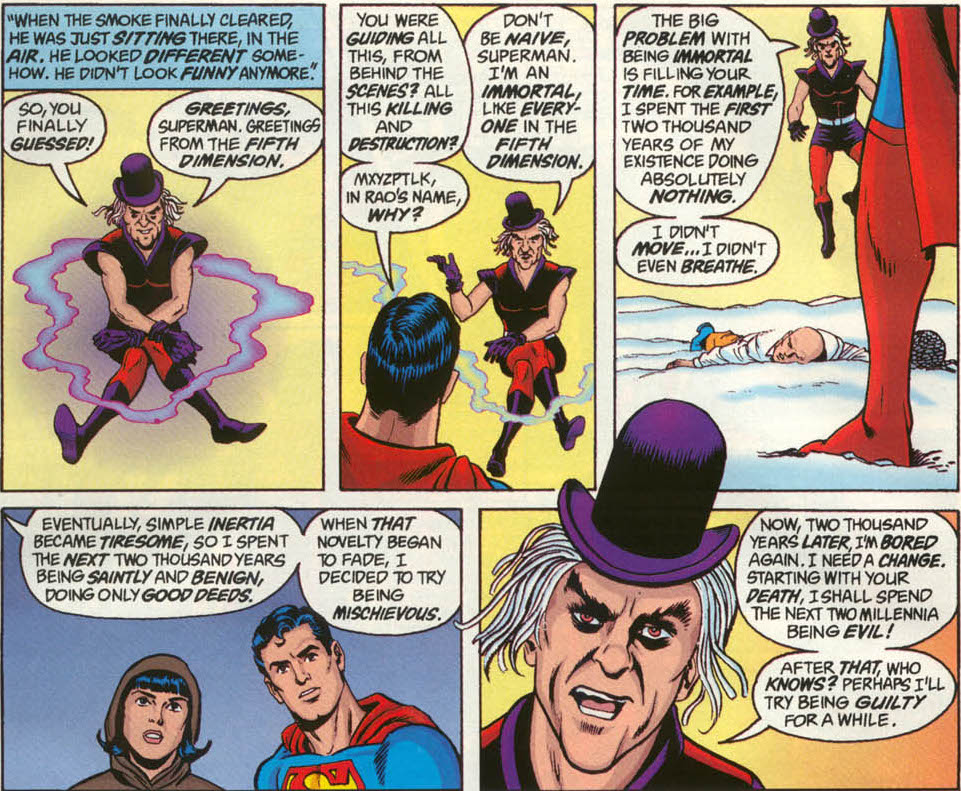
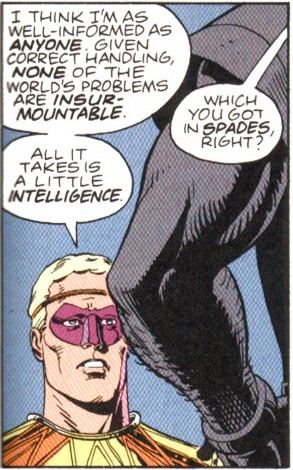
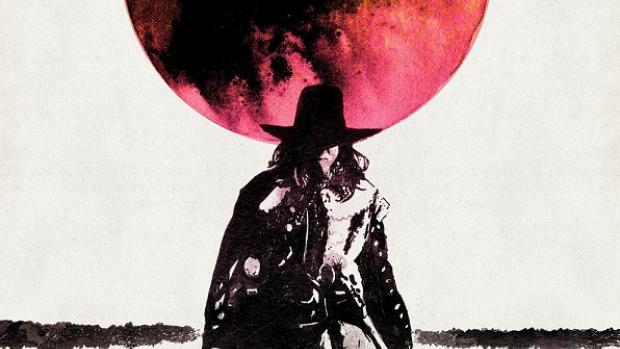 Okay, so the Iron Man thing seemed to go down well. Thanks to everyone who read, commented, retweeted, etc. I get the sense that my audience has just more than quadrupled in size, which is nice.
Okay, so the Iron Man thing seemed to go down well. Thanks to everyone who read, commented, retweeted, etc. I get the sense that my audience has just more than quadrupled in size, which is nice.
 But once Terminus is de-mythologized, when Nyssa figures out what’s really going on, proper alchemy can be exercised. Nyssa can use her knowledge of alchemy to synthesize Hyrdomel, which keeps the labor force both alive and enslaved until they themselves can control the means of production. It’s an interesting word, “Hydromel.” It’s simply a combination of water (hyrdo) and honey (mel), the “bittersweet taste of life” as one of the Vanir puts it. Honey has its own esoteric connotations, as beehives were long ago likened to the process of death and rebirth, not unlike dung beetles in Egypt. Of greater interest to me, in context with Season Twenty, is that the socket in the Vanir armor where this elixir is placed happens to be adorned with a snake—harkening back to Snakedance.
But once Terminus is de-mythologized, when Nyssa figures out what’s really going on, proper alchemy can be exercised. Nyssa can use her knowledge of alchemy to synthesize Hyrdomel, which keeps the labor force both alive and enslaved until they themselves can control the means of production. It’s an interesting word, “Hydromel.” It’s simply a combination of water (hyrdo) and honey (mel), the “bittersweet taste of life” as one of the Vanir puts it. Honey has its own esoteric connotations, as beehives were long ago likened to the process of death and rebirth, not unlike dung beetles in Egypt. Of greater interest to me, in context with Season Twenty, is that the socket in the Vanir armor where this elixir is placed happens to be adorned with a snake—harkening back to Snakedance.